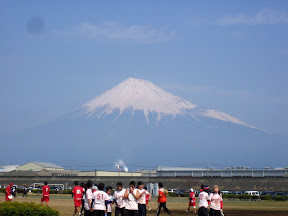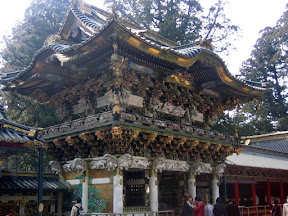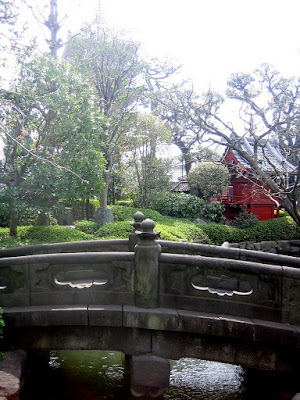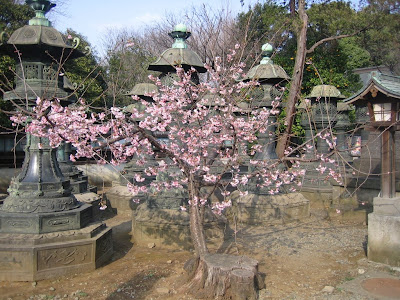It's a bit tiring, so here I go blogging again. To answer some of my sister's questions about the Japan post...
I used to travel a lot in the US for tournaments - I went all over WA, up north to Vancouver, down south to Oregon and I even flew a few times (CA, HI, AZ). The downside was all I ever did was play ultimate. I saw the ultimate fields in a lot of cities but I didn't see much of the cities themselves. So when I moved to Asia I decided I would no longer only see grass (or dirt as it may be). This first trip to Japan, I made the extra effort to extend the trip a couple days to see more. It still wasn't much time - only 2 days - you can't really cover a lot. However, for how expensive Japan is, I'm happy with what I accomplished.
In one of my pictures the caption is about Jeju - which is a tournament in South Korea. Jeju International Gnarley Nines. Jeju for the name of the town where it's hosted - on world class rugby (?) fields. Gnarley Nines b/c every team is limited to 9 members, with at least 3 women. The tournament is 5-2, with the option of putting as many women on as you want. Japan is sending an all women's team this year. It's also one of the few tournaments that offers cash prizes for the finalists and has a tournament fee that is nearly all inclusive (hotel and all meals).
Mochi. It's a Japanese sticky rice ball. Nothing but glutinous rice and water. In Taiwan it's commonly found rolled in flavor (crushed peanut, black sesame) or filled with something yummy (aforementioned, red bean, ice cream). At the tournament, players got to participate in the pounding part of Mochitsuki, the mochi making ceremony. Here you can see a Sockeye player having a go. Before I took the video he was beating the rice mercilessly over and over. They finally made him stop and the group explained that the woman was supposed to turn the rice after every hit.
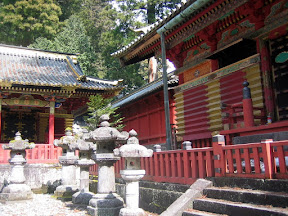 While I was in Nikko, I stood near different English speaking tour guides to hear what they had to say. One was explaining that behind two elaborate temples you could see a very plain building in the back - this was meant as a bathroom for the gods. The tourist/human bathroom is actually a building in front of it, but the one for the gods has never been used. For real! Another guide pointed out that every dragon decoration is different. On closer inspection I could spot tons of differences - some with open mouths, some closed, some with lots of side swirls, some with long snouts. It was fun to look at them all and think about the creativity that was allowed in making them.
While I was in Nikko, I stood near different English speaking tour guides to hear what they had to say. One was explaining that behind two elaborate temples you could see a very plain building in the back - this was meant as a bathroom for the gods. The tourist/human bathroom is actually a building in front of it, but the one for the gods has never been used. For real! Another guide pointed out that every dragon decoration is different. On closer inspection I could spot tons of differences - some with open mouths, some closed, some with lots of side swirls, some with long snouts. It was fun to look at them all and think about the creativity that was allowed in making them.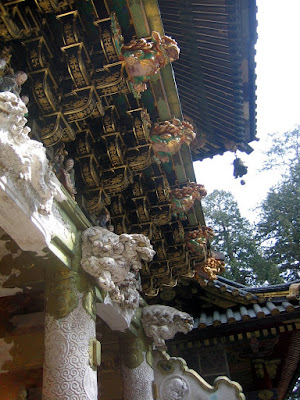
My women's team as I mentioned was an international team, organized by the women in Korea (Candacee, Turbo, Megan, Yoonee, Sarah) and joined by Jacq (Singapore), Lily (Hong Kong), Eri (Japan), Bats and Kat (Philippines), and Sherry and Steph (from China) plus me from Taiwan.

